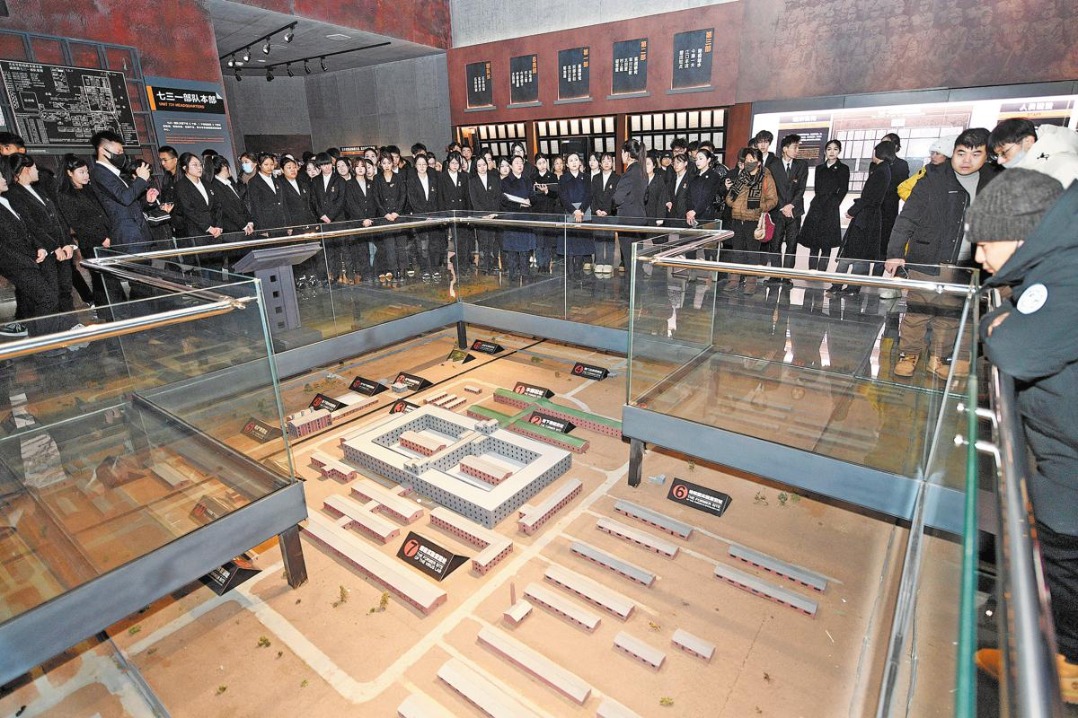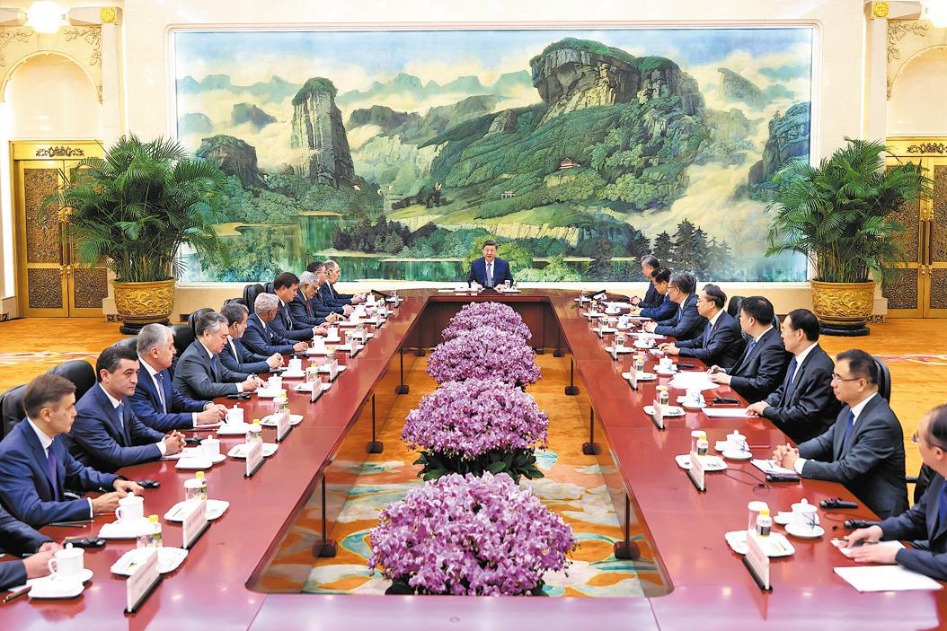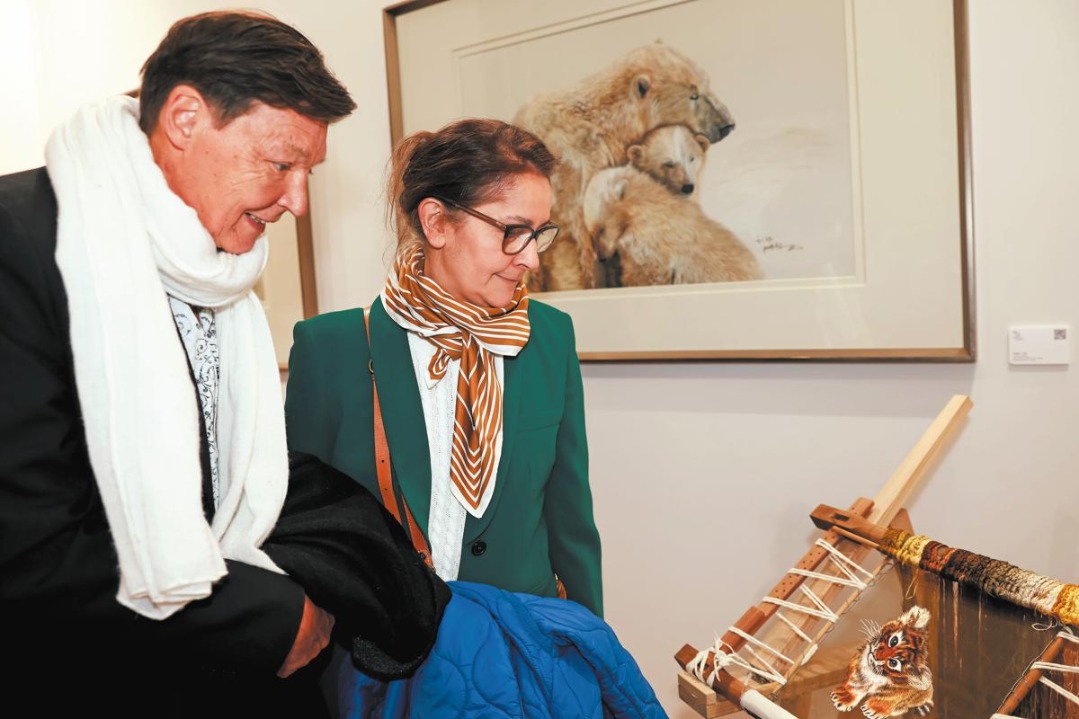Vaccine delivered despite obstacles

According to the National Health Commission, as of July 28, 31 provinces (autonomous regions, municipalities) and the Xinjiang Production and Construction Corps reported a total of 1.6 billion doses of COVID-19 vaccination.
China is ramping up efforts to vaccinate its citizens as a result of the cooperation of vaccine research and development, production, transportation and disease control departments. At present, vaccines are sent from manufacturers to all parts of the country every day, and logistics personnel brave high mountains and treacherous waters to quickly and safely deliver them to local disease control departments.
A few days ago, a Xinhua news reporter followed one of the vaccine transport trucks and witnessed how it was delivered after a journey of thousands of kilometers.
On the evening of July 20, truck drivers Lu Yanhui and Liu Si who were responsible for the transportation of the vaccine, set off from the Sinovac Biotech factory in Beijing. Their mission was to transport a batch of vaccines to the Ganzi Tibetan autonomous prefecture in Southwest China's Sichuan province, more than 2,000 kilometers from Beijing.
In order to ensure that the vaccines arrive on time with quality guaranteed, the two drivers took turns behind the wheel. Cold chain storage and transportation ensure that the vaccine is safe. Each vaccine transport vehicle is equipped with a temperature monitoring system to ensure that it is always maintained at 2-8 C. Along the way, the drivers constantly check the data.
On the afternoon of July 22, after more than 40 hours of driving, the duo arrived at the local center for disease control on time and handed over the vaccine to the local CDC staff.
Next, Huang Liang, a staff member of the Ganzi prefecture CDC, was responsible for sending the vaccines to remote counties and townships. In order to reach the farthest county and township before the evening of the next day, Huang set off overnight, crossing the Zheduo Mountains at an altitude of more than 4,000 meters, passing the Dadu River, and heading west along the No 318 national road.
The vaccine is here!
The next day, many residents of Daocheng county and surrounding areas waited at the gate of the county CDC vaccination point at 8 am. Some villagers arrived on motorcycles and electric vehicles from many kilometers away. "I've been waiting here for two hours," one said and another agreed, "I won't be afraid of the injection!"
The people on the plateau are looking forward to the vaccine, but it takes a lot of work to administer the vaccination-testing blood pressure, asking for medical history, pressing fingerprints, entering information, and finally injecting.
Luorong Yixi, secretary and director of the Party Branch of the Daocheng County Center for Disease Control and Prevention, said on July 28 that the first dose vaccination rate in Daocheng county reached 83.09 percent of the target population, and the second dose covered 52.71 percent.
Recently, some localities in China have reported local cases. Facing the menacing Delta variant, they call on citizens to get vaccinated in an orderly manner.
A Tibetan woman from Shade town, Kangding city, in Ganzi, took a shuttle bus early in the morning to receive her second shot at Kangding Ethnic Hospital. "Many people in our town have already finished the two injections and feel relieved. They say that the vaccine is the 'nectar' that protects us, and everyone is willing to get vaccinated," she says.
Located in the eastern foothills of the Qinghai-Tibet Plateau, the Ganzi Tibetan autonomous prefecture launched a large-scale vaccination program in the first half of this year. So far, Ganzi, with a population of 1.1 million, has vaccinated more than 570,000 people with the first dose and more than 390,000 people with the second.
At present, Ganzi prefecture has permanent vaccination sites in 18 counties and urban areas. Each township implements the "centralized +tour" model for vaccination, and also provides point-to-point vaccination services for universities and temples.
In order to ensure the delivery of vaccines in remote mountainous areas, the health department of Sichuan province and vaccine manufacturers have set up special vaccination team to optimize the "road map".
From China's capital to remote areas, the vaccine relay continues.
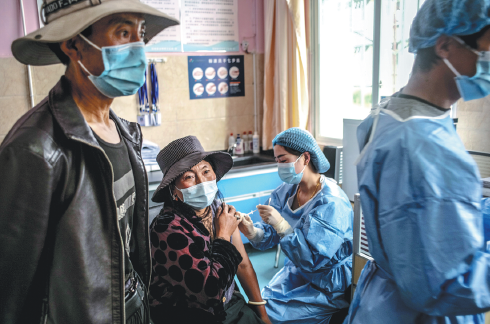

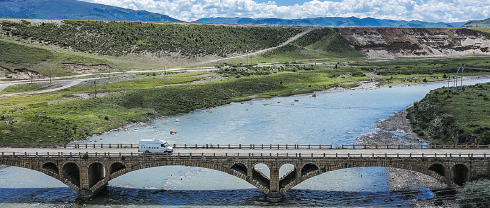
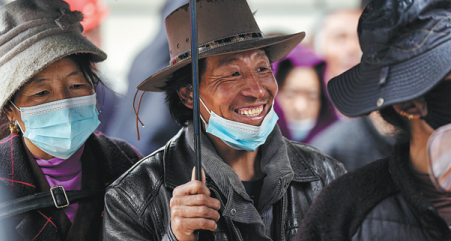

Today's Top News
- Beijing supports Tehran in maintaining dialogue
- Stabilizing global supply chains vital to intl market
- Visa facilitation steps boost number of foreign visitors
- Japan hypes excuse for its military build-up: China Daily editorial
- Philippine defense secretary's remarks undermine regional peace efforts
- Mainland strongly opposes Lai's planned 'transit' through US


















